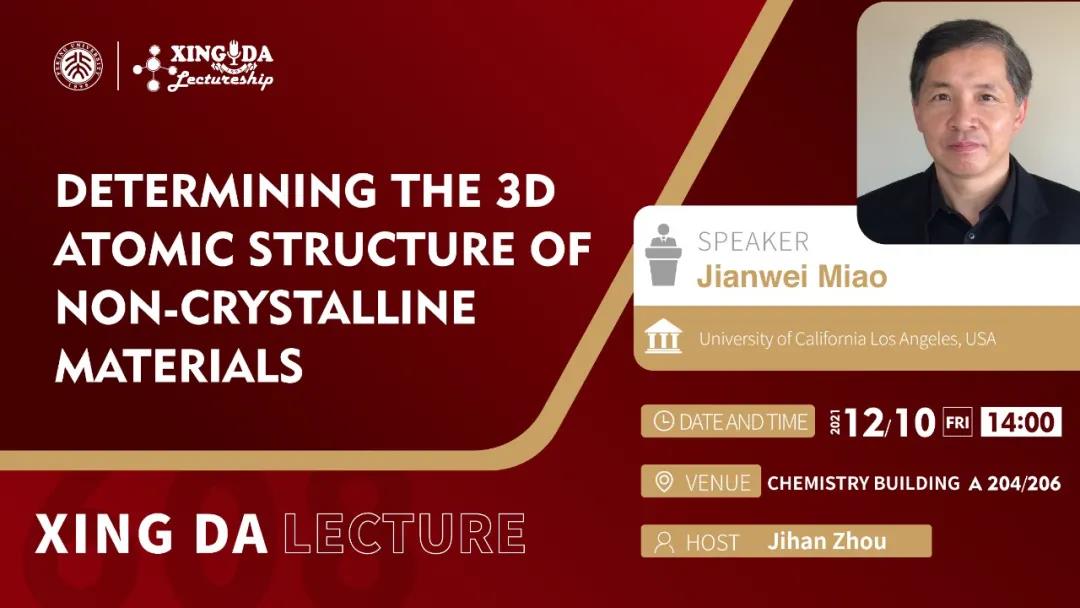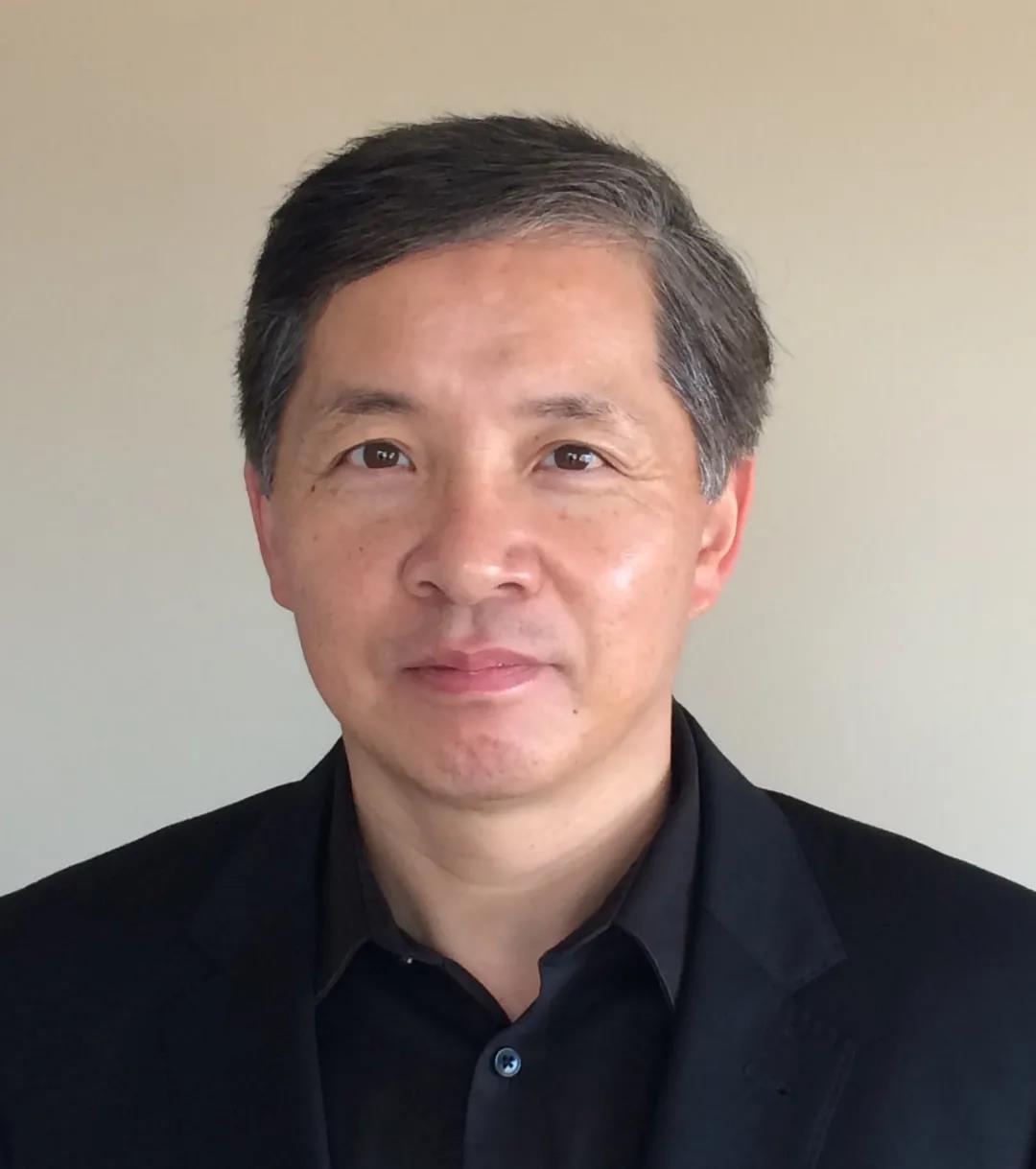
Determining the 3D Atomic Structure of Non-Crystalline Materials
Over the past century, crystallography has been fundamental to the development of many fields of science. However, many samples in physics, materials science, chemistry, and nanoscience are non-crystalline and their 3D structures are not accessible by crystallography. A powerful method that can overcome this major hurdle is atomic electron tomography (AET). AET combines high-resolution tomographic tilt series with advanced computational algorithms to resolve the 3D atomic structure of materials without assuming crystallinity. In this talk, Professor Miao will first report their recent results on the determination of the 3D coordinates of individual atoms and crystal defects such as dopants, vacancies, substitutional defects, bond distortion, ripples and heterointerfaces in 2D materials with picometer precision. The experimentally measured 3D atomic coordinates are used as direct input to first principles calculations to reveal more accurate electronic structures than derived from conventional density functional theory calculations. Professor Miao will then present the determination of the 3D atomic positions of an amorphous material for the first time. Using a multi-component metallic glass, professor Miao’s group quantitatively characterize the short- and medium-range order of the 3D atomic arrangement. They observe that, although the 3D atomic packing of the short-range order is geometrically disordered, some short-range-order structures connect with each other to form crystal-like superclusters and give rise to medium-range order. They identify four types of crystal-like medium-range order-face-centred cubic, hexagonal close-packed, body-centred cubic and simple cubic-coexisting in the amorphous material, showing translational but not orientational order. Professor Miao’s group expect that AET can be used to resolve the 3D atomic structure of a wide range of amorphous solids, whose impact on non-crystalline materials may be comparable to the first 3D crystal structure solved by crystallography over a century ago.

Dr. Jianwei (John) Miao is Professor of Physics & Astronomy and the California NanoSystems Institute at UCLA. He received a Ph. D. in Physics, an M.S. in computer science, and an Advanced Graduate Certificate in Biomedical Engineering from State University of New York at Stony Brook in 1999. After graduation, he became a staff scientist at SLAC National Accelerator Laboratory, Stanford University. In 2004, he moved to UCLA as an assistant professor and was promoted to full professor in 2009. Dr. Miao is an internationally renowned pioneer in the development of novel imaging methods with X-rays and electrons. He performed the seminal experiment of extending X-ray crystallography to allow structural determination of non-crystalline specimens in 1999, which is known as coherent diffractive imaging (CDI), lensless or computational microscopy. CDI methods such as ptychography and Bragg CDI have been broadly implemented using synchrotron radiation, X-ray free electron lasers, high harmonic generation, optical, and electron microscopy. In 2012, he applied CDI algorithms to pioneer atomic electron tomography (AET) for 3D structure determination of materials without assuming crystallinity. He has since performed several groundbreaking AET experiments to image a wide range of crystal defects with unprecedented 3D detail. In 2019, his team developed 4D AET to observe crystal nucleation at atomic resolution, showing early stage nucleation results contradict classical nucleation theory. More recently, he led a team that advanced AET to solve a grand challenge in the physical sciences-determining the 3D atomic structure of amorphous solids for the first time.
Dr. Miao is the Deputy Director of the STROBE National Science Foundation Science and Technology Center, an Associate Editor for Science Advances, and Crystallography Reviews. His honors and awards include the Werner Meyer-Ilse Memorial Award (1999), an Alfred P. Sloan Research Fellowship (2006-2008), the Outstanding Teacher of the Year Award in the Department of Physics & Astronomy at UCLA (2006-2007), a Kavli Frontiers Fellowship (2010), a Theodore von Kármán Fellowship from the RWTH Aachen University in Germany (2013), the Microscopy Today Innovation Award (2013), a University of Strasbourg Institute for Advanced Study Fellowship (2015-2017), a Fellow of the American Physical Society (2016), an NSF Creativity Award (2018), and the Innovation in Materials Characterization Award from the Materials Research Society (2021). He has been a Guest Scientist of the Institute of Physical and Chemical Research (RIKEN) in Japan since 2004.